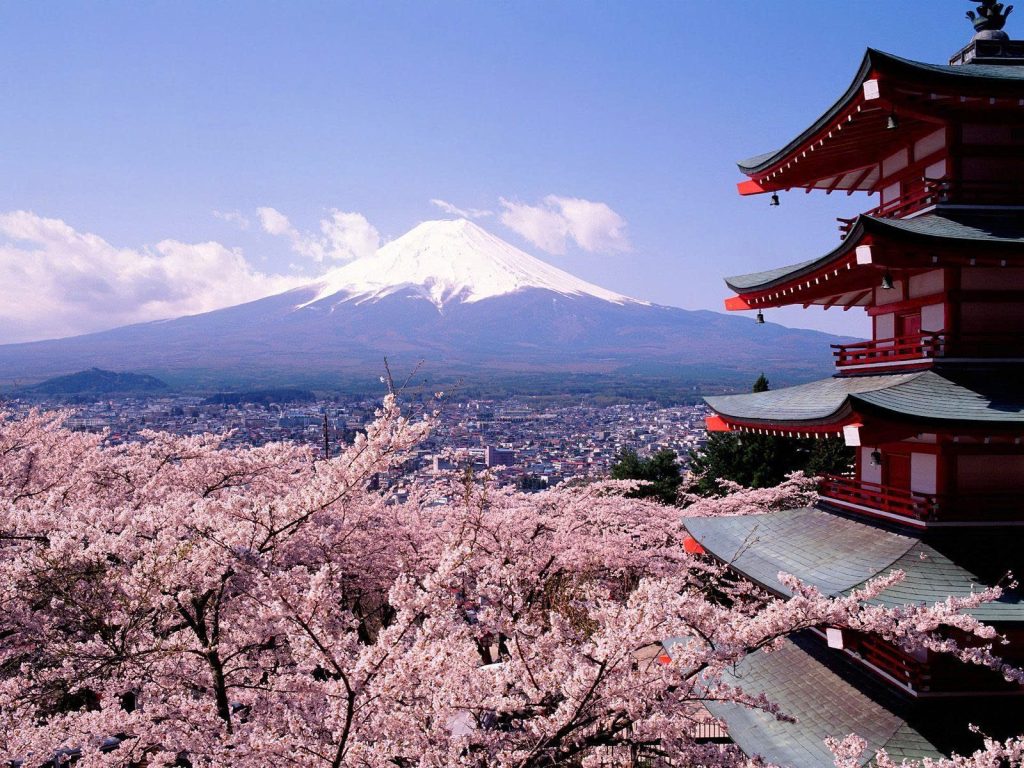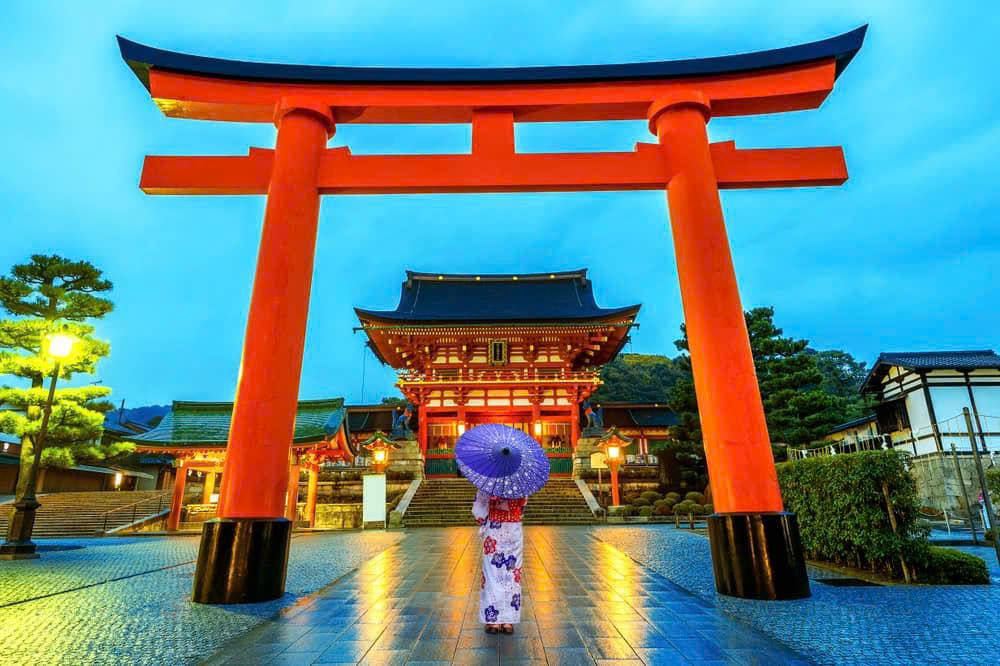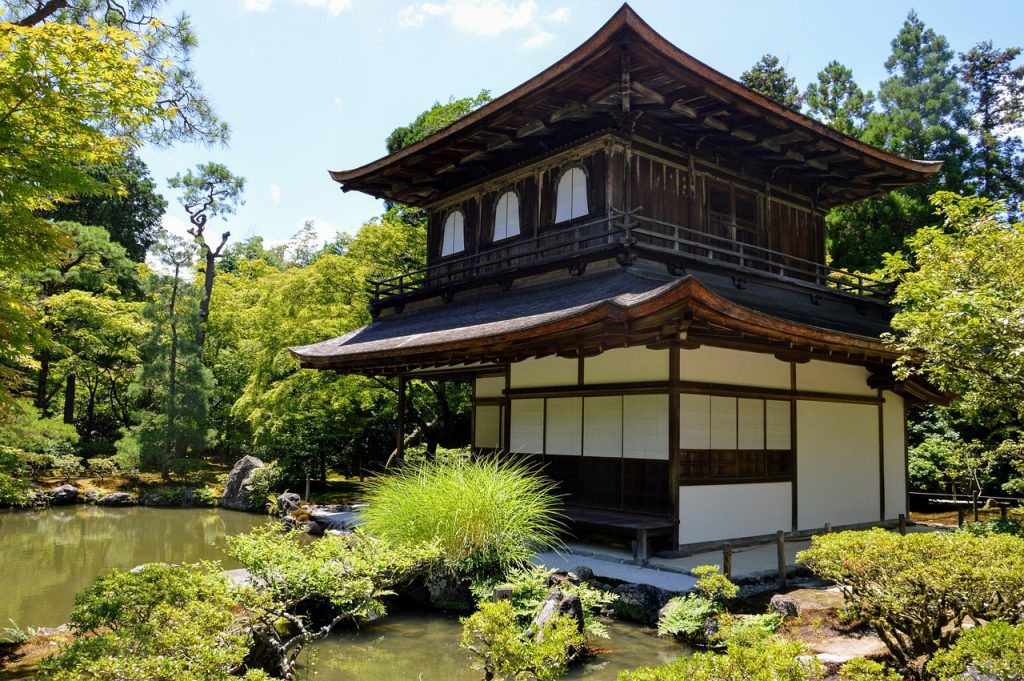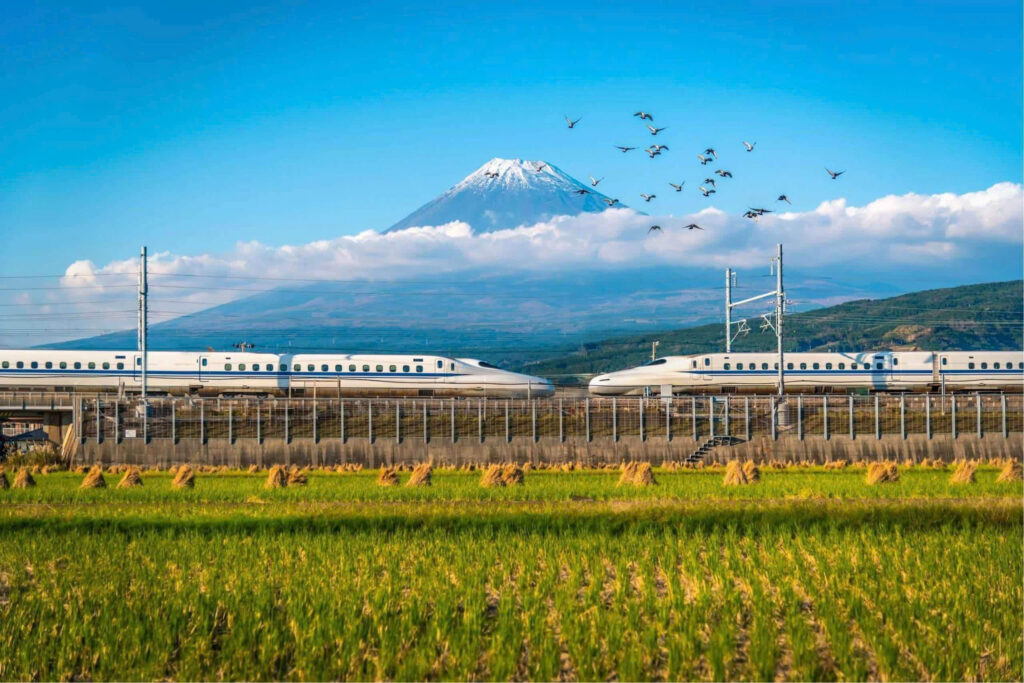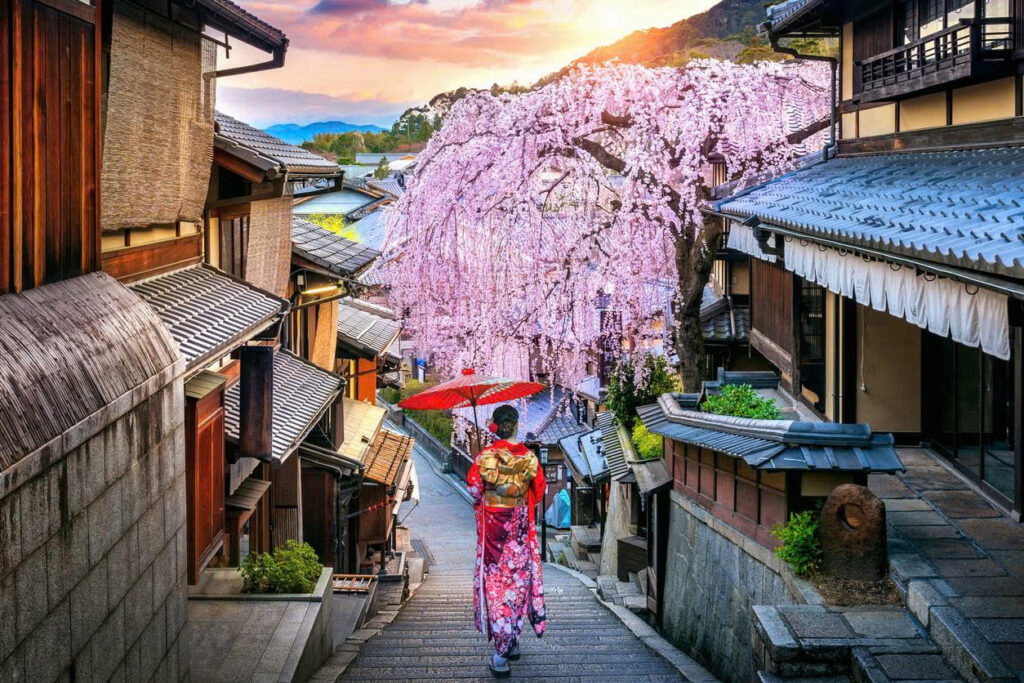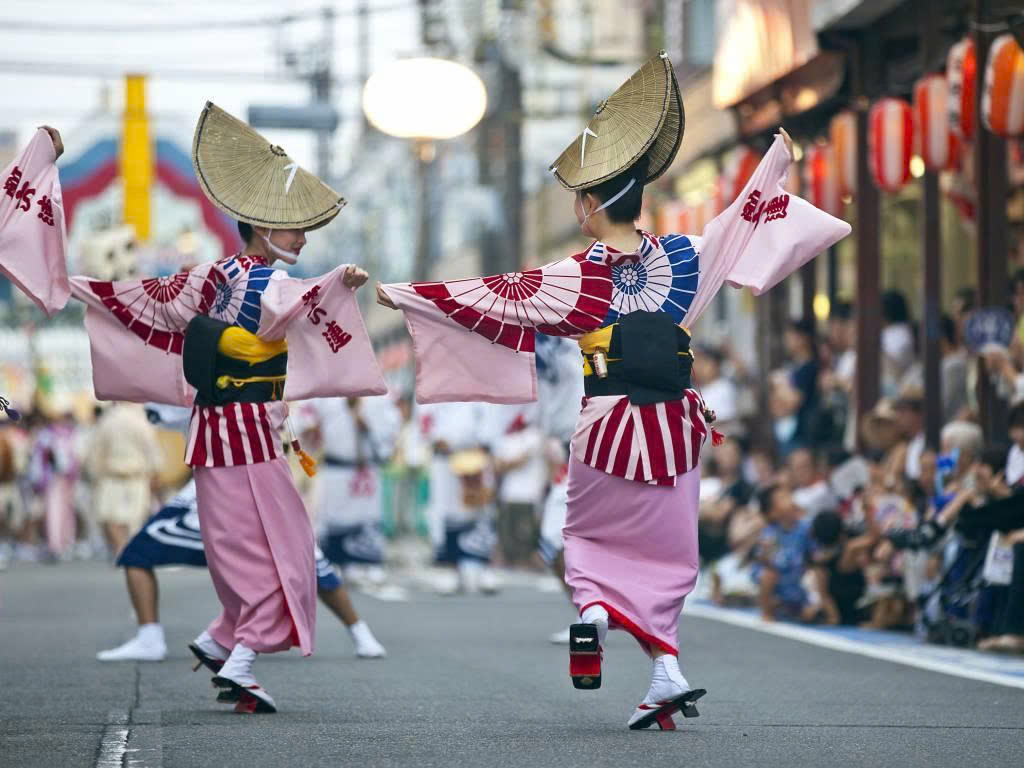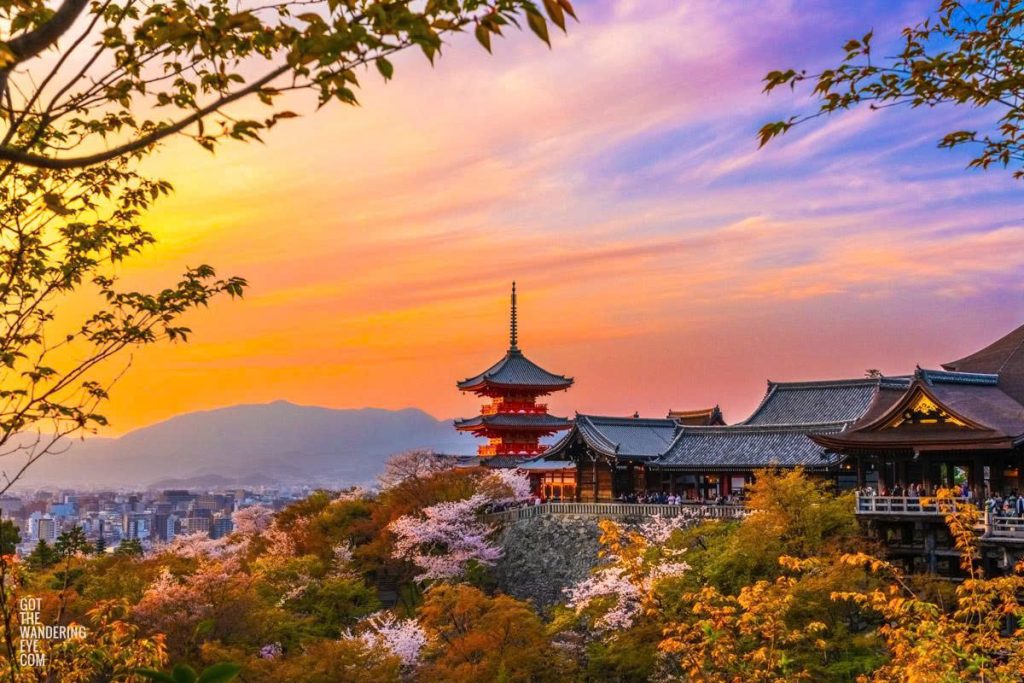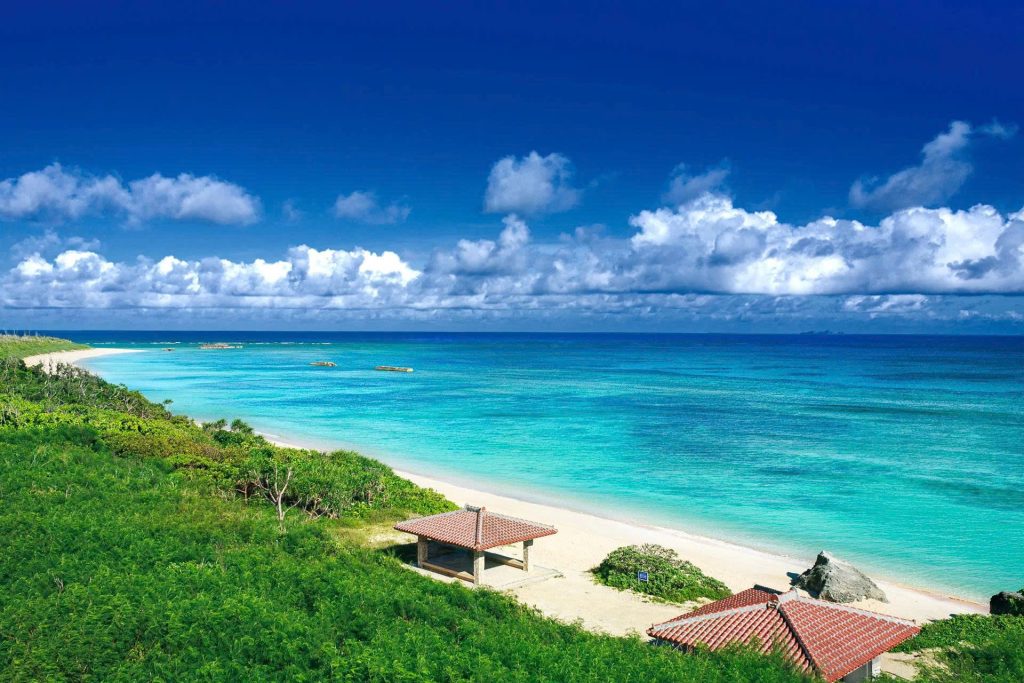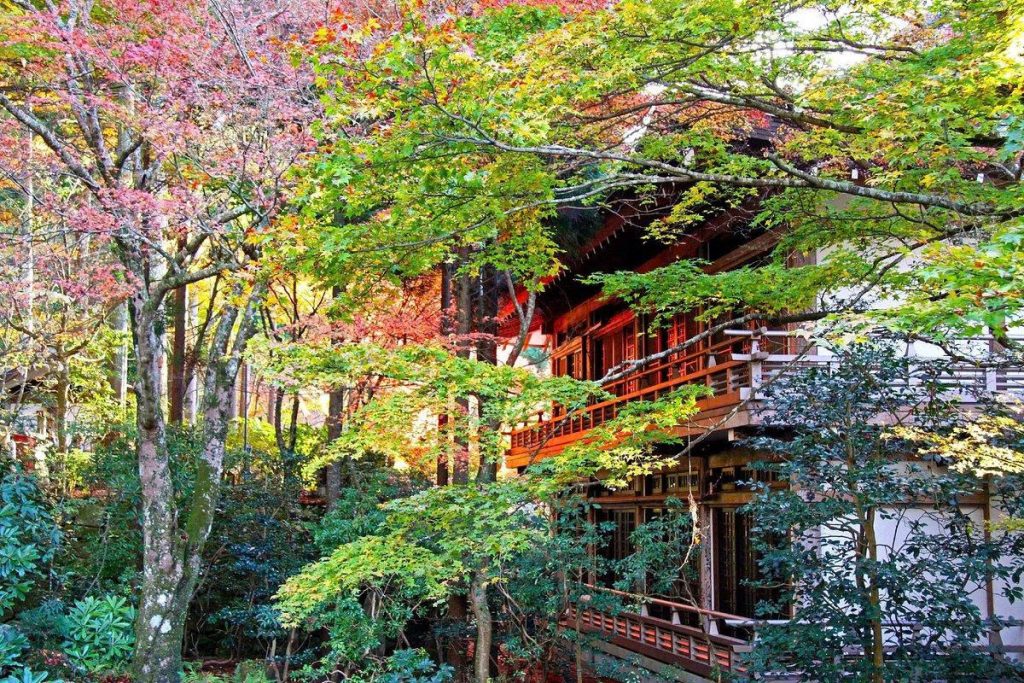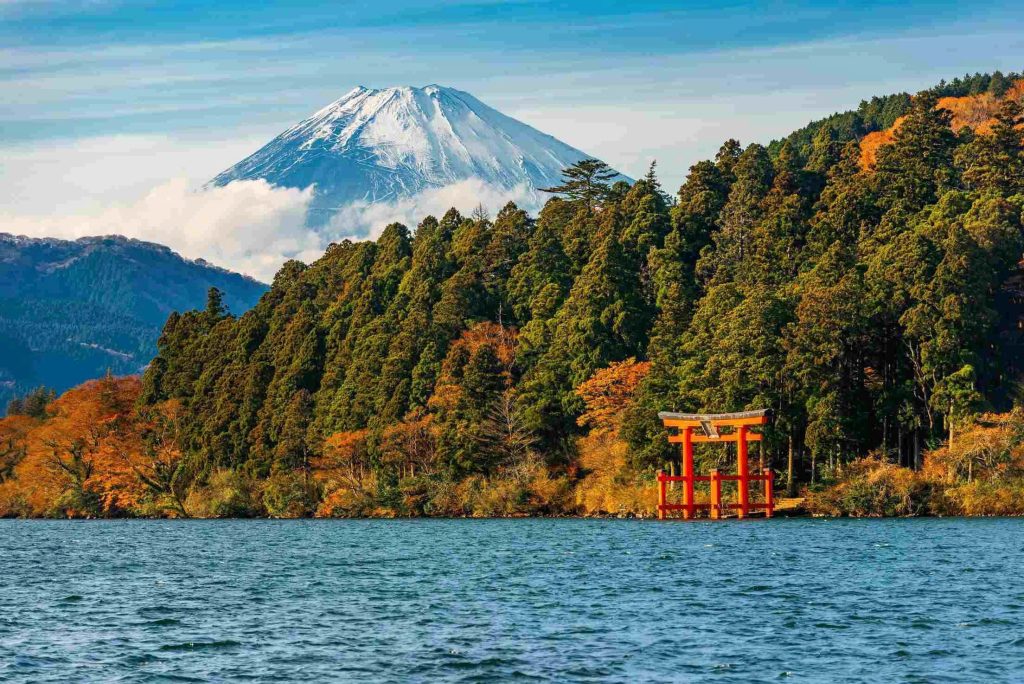Japan is a country of breathtaking contrasts, a place where serene ancient temples stand in the shadow of futuristic skyscrapers. From the bustling streets of Tokyo to the tranquil gardens of Kyoto, Japan offers a travel experience unlike any other. Whether you’re a first-time visitor eager to see the iconic sights or a returning traveler looking to discover new hidden gems, this guide is your key to unlocking the very best of what the country has to offer.
The Iconic Trio – Tokyo, Kyoto, and Osaka
These three cities form the heart of most Japanese itineraries, offering a perfect blend of modern culture, profound history, and world-class cuisine.
1. Tokyo: The Dynamic Capital
Tokyo is a sprawling metropolis that is both overwhelming and exhilarating. It is a city of distinct neighborhoods, each with its own unique personality, from the fashion-forward trends of Harajuku to the traditional temples of Asakusa.

- What to Do in Tokyo:
- Shibuya Crossing: Witness the organized chaos of the world’s busiest pedestrian intersection. It’s a quintessential Tokyo experience.
- Senso-ji Temple: Explore the capital’s oldest temple in the historic district of Asakusa. The Nakamise-dori shopping street leading up to the temple is perfect for souvenirs.
- Shinjuku Gyoen National Garden: Find tranquility in this stunning park, which blends three distinct garden styles: Japanese Traditional, English Landscape, and French Formal. It’s especially beautiful during cherry blossom season.
- TeamLab Borderless: Immerse yourself in a magical world of digital art at this innovative and popular museum.
- Akihabara: Dive into the heart of Japan’s anime and manga culture at this electronic town.
- Best Time to Visit: Spring and autumn offer the most pleasant weather, but Tokyo is a year-round destination.
RELATED: 15 Unique & Romantic Things to Do in Tokyo for Couples
2. Kyoto: The Soul of Traditional Japan
As the former imperial capital, Kyoto is an essential stop for anyone seeking to connect with Japan’s deep-rooted culture. With over 1,600 Buddhist temples and 400 Shinto shrines, Kyoto is a living museum.
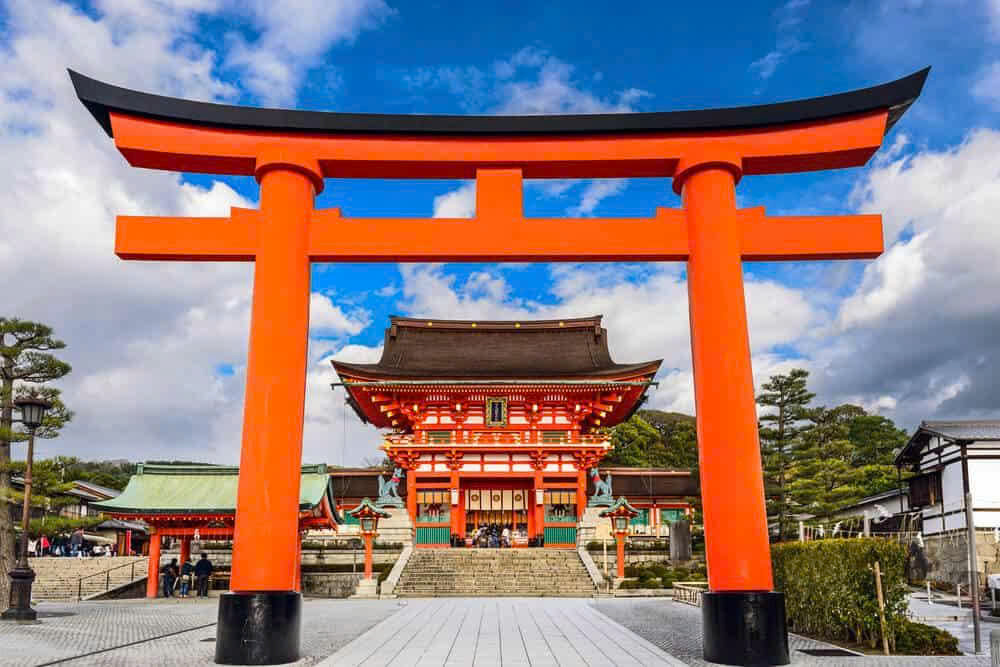
- What to See & Do in Kyoto:
- Fushimi Inari Shrine: Walk through the thousands of vibrant red torii gates that wind up the sacred Mount Inari. It’s an unforgettable photo opportunity.
- Kinkaku-ji (Golden Pavilion): Marvel at this stunning Zen Buddhist temple, completely covered in gold leaf and reflected in the calm pond below.
- Arashiyama Bamboo Grove: Stroll through the towering stalks of bamboo and feel the otherworldly atmosphere of this natural wonder.
- Gion District: Take an evening walk through the historic streets of this geisha district, where you might spot a geiko or maiko on her way to an appointment.
- Experience a Tea Ceremony: Participate in a traditional Japanese tea ceremony for a serene and elegant cultural experience.
RELATED: 15 Unique & Romantic Things to Do in Tokyo for Couples
3. Osaka: The Foodie’s Paradise
Known as “Japan’s Kitchen,” Osaka is famous for its vibrant street food scene and lively nightlife. While it has its own share of historical landmarks, its main draw is its energetic atmosphere and incredible food.
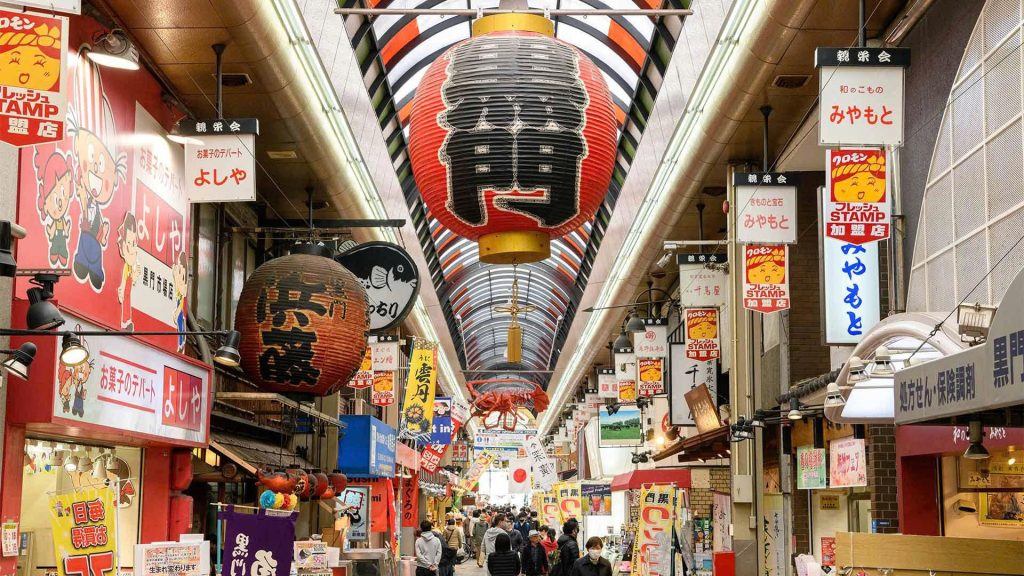
- What to Eat & Do in Osaka:
- Dotonbori: Explore this neon-lit entertainment district. The iconic Glico Running Man sign and the enormous crab billboards are a must-see.
- Kuromon Ichiba Market: Sample fresh seafood, local produce, and famous street foods like takoyaki and okonomiyaki.
- Osaka Castle: Visit one of Japan’s most famous castles, a magnificent symbol of the city’s history.
Natural Wonders and Regional Experiences
Beyond the major cities, Japan’s diverse geography offers a wealth of natural beauty and unique regional cultures.
4. Mount Fuji: Japan’s Majestic Symbol
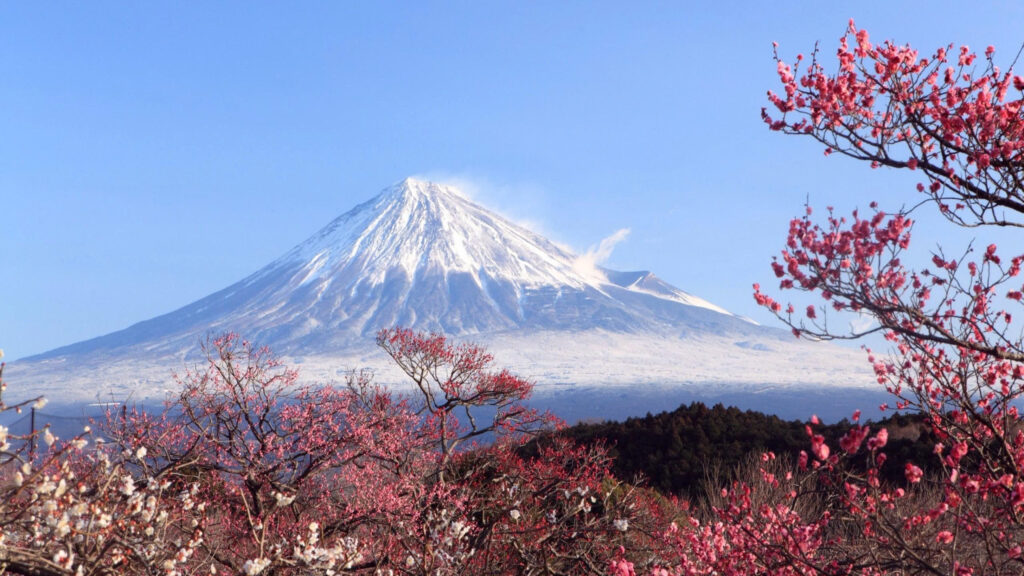
No trip to Japan is complete without catching a glimpse of the country’s most iconic symbol. Mount Fuji can be admired from afar or even climbed during the summer months.
- Where to Get the Best View:
- Fuji Five Lakes: The towns around these lakes offer some of the most stunning views. Oshino Hakkai, an ancient village of thatched-roof houses and clear ponds fed by Fuji’s snowmelt, is a perfect place for photos.
- Hakone: This is a popular hot springs (Onsen) resort town known for its breathtaking views of Fuji and the serene Lake Ashi.
- Best Time to Visit: For climbing, July to early September. For photography, autumn or winter on a clear day.
5. Hiroshima and Miyajima Island: A Lesson in Resilience
This region offers a deeply moving and beautiful experience, blending solemn history with natural beauty.
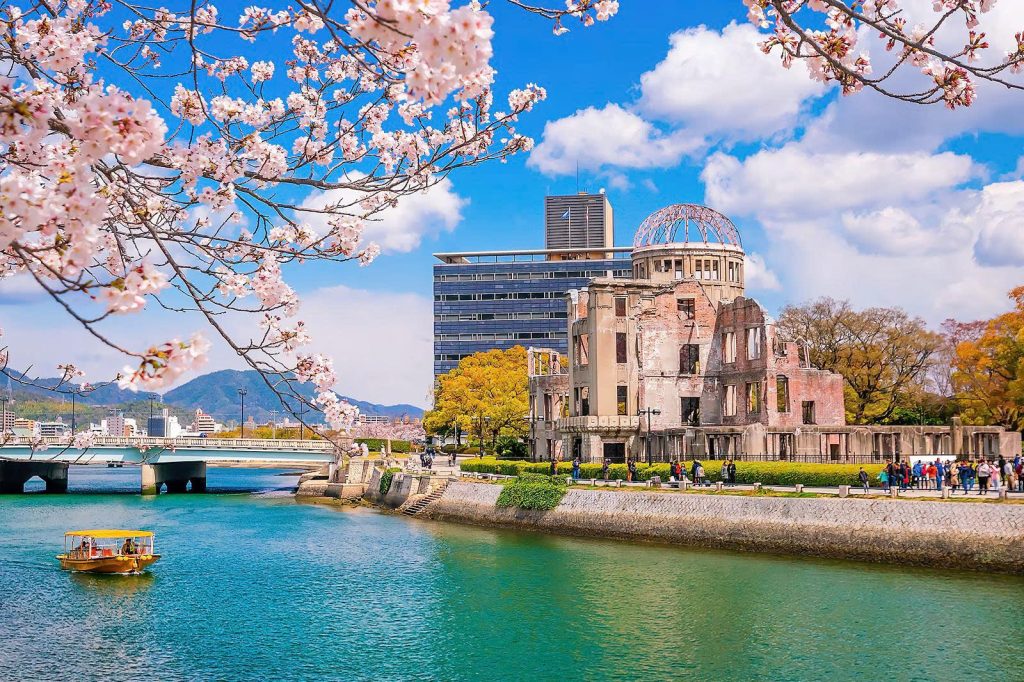
- What to See & Do:
- Hiroshima Peace Memorial Park: Visit the Hiroshima Peace Memorial Museum and the Atomic Bomb Dome to learn about the devastating events of 1945 and the city’s incredible recovery. It’s a powerful and essential visit for historical understanding.
- Miyajima Island: Take a short ferry ride to this magical island, home to the iconic “floating” torii gate of Itsukushima Shrine. The island’s friendly deer and beautiful mountain trails make it a peaceful escape.
6. Hokkaido: Winter Wonderland & Beyond
The northernmost of Japan’s main islands, Hokkaido is a natural paradise. It’s famous for its world-class powder snow and ski resorts like Niseko and Rusutsu.
- What to Do: Skiing and snowboarding in winter, and exploring the vast national parks, lavender fields, and hot springs in the summer. The Sapporo Snow Festival is a major draw in February.
7. Okinawa: Japan’s Tropical Paradise
If you’re looking for sun, sand, and turquoise water, Okinawa is the place to go. This subtropical archipelago offers a completely different side of Japan, with its unique culture, beautiful beaches, and excellent snorkeling and diving.
- Attractions: Okinawa Churaumi Aquarium, the second-largest aquarium in the world.
Planning Your Japan Trip: Essential Information
To make your trip smooth and enjoyable, here are some practical tips that are crucial for first-time visitors.
Best Time to Visit Japan (Overall)
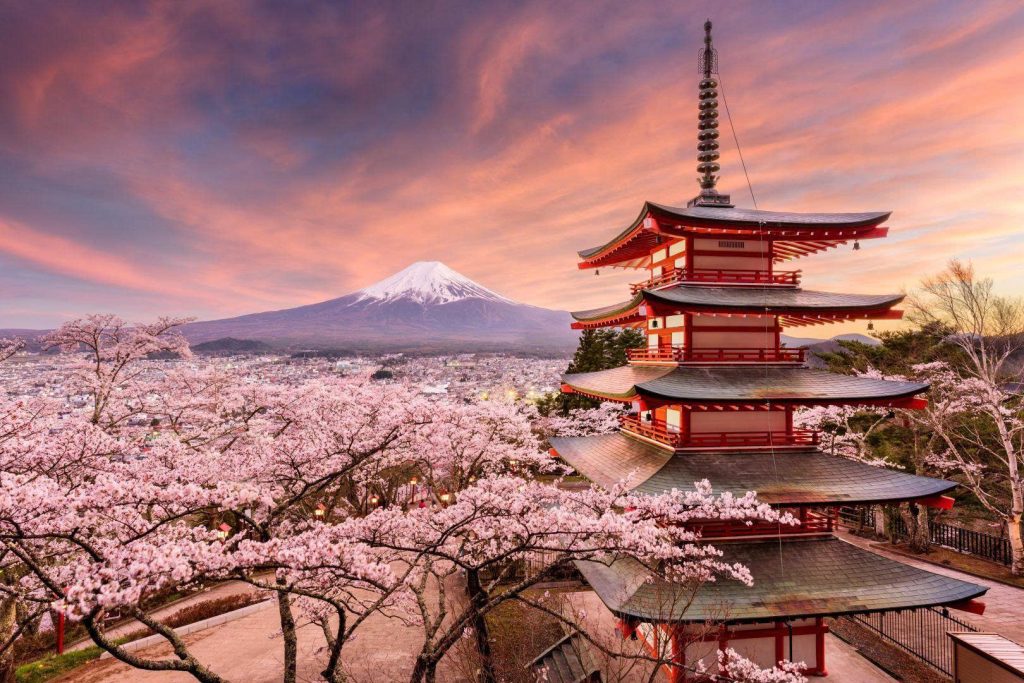
While Japan is a year-round destination, the most popular times are:
- Spring (Late March to Early May): The cherry blossoms (sakura) paint the country in soft pinks and whites.
- Autumn (October to Late November): The vibrant autumn foliage (koyo) is breathtaking.
Getting Around with the Japan Rail Pass
The Japan Rail Pass (JR Pass) is an excellent investment for travelers planning to visit multiple cities. It offers unlimited travel on most JR trains, including the super-fast Shinkansen (bullet train). Plan your itinerary to make the most of this pass.
Sample Japan Trip Itineraries
- One Week: Tokyo (3-4 days) & Kyoto (3-4 days). This is the perfect introduction for first-time visitors.
- 10 Days: Tokyo (4 days) -> Kyoto (3 days) -> Osaka (2 days) with a day trip to Hiroshima.
- Two Weeks: Tokyo (4 days) -> Hakone (1 day) -> Kyoto (4 days) -> Osaka (2 days) -> Hiroshima/Miyajima (2 days). This allows for a more relaxed pace and a deeper dive into each region.
RELATED: Ultimate Japan Travel Guide: Visa, Costs, and Essential Tips 2026
From the bustling streets of Tokyo to the serene temples of Kyoto, and from the sacred slopes of Mount Fuji to the peaceful beaches of Okinawa, Japan is a land of endless discovery. By visiting these incredible places, you will not only witness stunning sights but also gain a profound appreciation for the nation’s culture, history, and people. Use this guide as your starting point, book your flights, and get ready for an adventure you will never forget.

